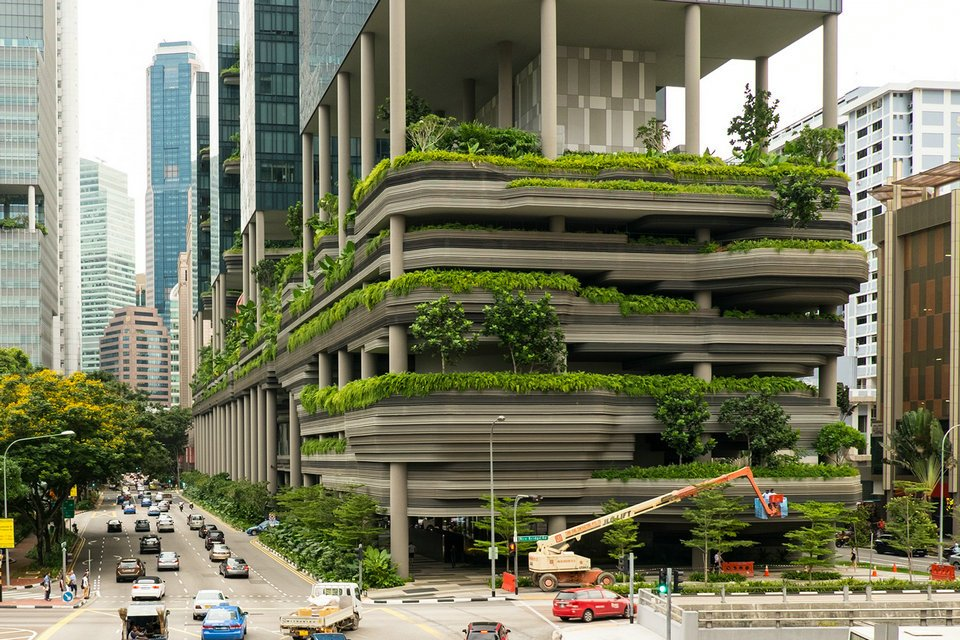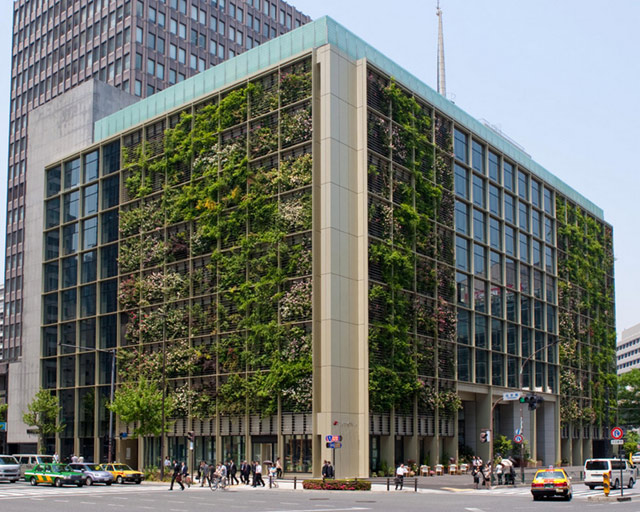
Water Conservation Techniques in Green Building Practices
Introduction:
Water scarcity is a pressing global issue, and as the demand for sustainable development rises, green building practices are increasingly incorporating innovative water conservation techniques. This article explores key strategies employed in green building design to minimize water consumption, preserve this precious resource, and contribute to a more sustainable and resilient future.
1. **Low-Flow Fixtures and Water-Efficient Appliances:**
Green buildings prioritize the installation of low-flow faucets, showerheads, and water-efficient appliances. These fixtures use less water without compromising functionality, significantly reducing the overall water demand within the building.
2. **Greywater Recycling Systems:**
Greywater, which includes wastewater from sinks, showers, and washing machines, can be treated and reused for non-potable purposes such as landscape irrigation and toilet flushing. Green buildings often incorporate greywater recycling systems to maximize water efficiency and minimize reliance on freshwater sources.
3. **Rainwater Harvesting:**
Rainwater harvesting involves collecting and storing rainwater for later use. Green buildings integrate rainwater harvesting systems to capture precipitation from rooftops, directing it to storage tanks. This harvested rainwater can then be used for irrigation, flushing toilets, and other non-potable applications.
4. **Xeriscaping and Native Plant Landscaping:**
Traditional landscaping can be water-intensive, especially in arid regions. Green buildings embrace xeriscaping, a landscaping approach that utilizes drought-resistant plants and minimizes the need for irrigation. Native plant landscaping, which features plants adapted to the local climate, further reduces water requirements.
5. **Permeable Pavements:**
Permeable pavements, such as permeable concrete or porous pavers, allow rainwater to infiltrate the ground instead of running off into stormwater drains. This technique helps recharge groundwater levels and reduces the strain on municipal water supply systems.
6. **Smart Irrigation Systems:**
Green buildings leverage smart irrigation systems that use sensors and weather data to optimize watering schedules based on current soil moisture levels and weather conditions. This ensures that landscapes receive water only when necessary, preventing overwatering.
7. **Drip Irrigation:**
Drip irrigation delivers water directly to the base of plants, minimizing water wastage through evaporation or runoff. This precise watering method is commonly employed in green building landscaping to maximize water efficiency in gardens and green spaces.
8. **Water-Conserving Building Materials:**
The selection of water-conserving building materials is crucial for overall water sustainability. For example, permeable concrete allows water to pass through its surface, reducing runoff and promoting groundwater recharge.
9. **Water Metering and Monitoring:**
Green buildings implement water metering and monitoring systems to track water usage patterns and identify potential leaks promptly. This real-time data enables building operators to address inefficiencies and promote responsible water consumption.
10. **Educational Outreach and Occupant Awareness:**
Educating building occupants about water conservation practices fosters a culture of responsibility. Green buildings often incorporate educational programs to raise awareness about the importance of water conservation and encourage occupants to adopt water-saving behaviors.
Conclusion:
Water conservation techniques are integral to the ethos of green building practices, reflecting a commitment to responsible resource management. By implementing low-flow fixtures, recycling greywater, harvesting rainwater, and embracing water-efficient landscaping, green buildings exemplify a holistic approach to water sustainability. As the world grapples with water scarcity challenges, the integration of these techniques not only reduces the environmental impact of construction but also sets a precedent for water-conscious living in a rapidly changing world.



